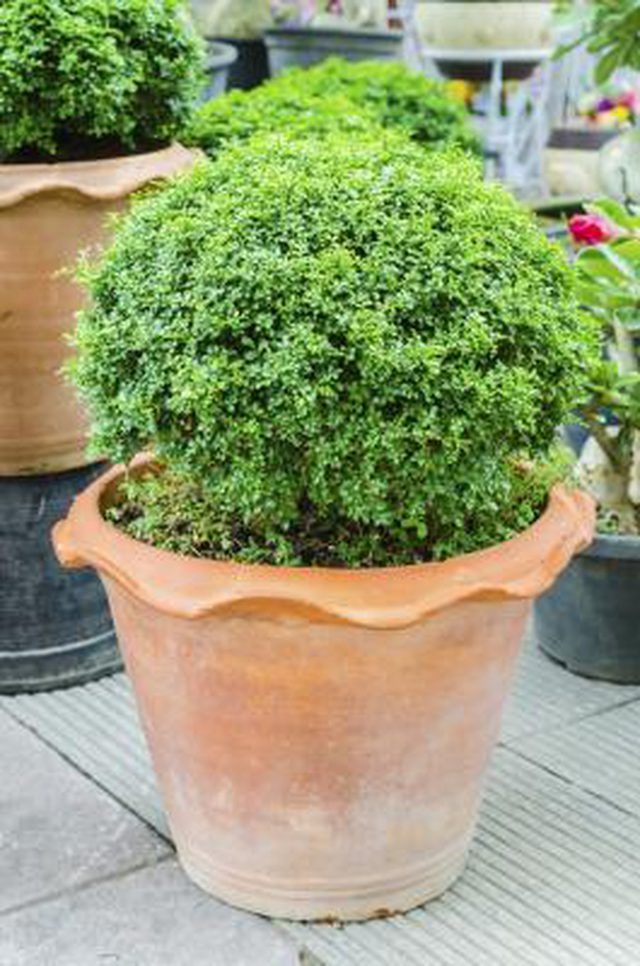Bulbs
Flower Basics
Flower Beds & Specialty Gardens
Flower Garden
Garden Furniture
Garden Gnomes
Garden Seeds
Garden Sheds
Garden Statues
Garden Tools & Supplies
Gardening Basics
Green & Organic
Groundcovers & Vines
Growing Annuals
Growing Basil
Growing Beans
Growing Berries
Growing Blueberries
Growing Cactus
Growing Corn
Growing Cotton
Growing Edibles
Growing Flowers
Growing Garlic
Growing Grapes
Growing Grass
Growing Herbs
Growing Jasmine
Growing Mint
Growing Mushrooms
Orchids
Growing Peanuts
Growing Perennials
Growing Plants
Growing Rosemary
Growing Roses
Growing Strawberries
Growing Sunflowers
Growing Thyme
Growing Tomatoes
Growing Tulips
Growing Vegetables
Herb Basics
Herb Garden
Indoor Growing
Landscaping Basics
Landscaping Patios
Landscaping Plants
Landscaping Shrubs
Landscaping Trees
Landscaping Walks & Pathways
Lawn Basics
Lawn Maintenance
Lawn Mowers
Lawn Ornaments
Lawn Planting
Lawn Tools
Outdoor Growing
Overall Landscape Planning
Pests, Weeds & Problems
Plant Basics
Rock Garden
Rose Garden
Shrubs
Soil
Specialty Gardens
Trees
Vegetable Garden
Yard Maintenance
How to Use Greensand in a Garden
How to Use Greensand in a Garden. Moisture-retentive and nutrient-rich, greensand is useful in garden borders, vegetable beds and potting soil and on lawns. Mostly made of glauconite, a mineral formed in marine environments from sand and organic debris, greensand's texture is similar to sand but it holds 10 times as much water and contains about 20...

Moisture-retentive and nutrient-rich, greensand is useful in garden borders, vegetable beds and potting soil and on lawns. Mostly made of glauconite, a mineral formed in marine environments from sand and organic debris, greensand's texture is similar to sand but it holds 10 times as much water and contains about 20 percent potassium, a nutrient essential for healthy plant growth. Greensand also contains phosphorus, calcium and other trace elements, and it enhances the soil's ability to store other nutrients.
Beds and Borders
Greensand applications every three or four years improve the soil quality in most growing sites in a garden. Apply greensand at a rate of 2 to 4 pounds per 100 square feet, or 3 to 6 ounces per 10 square feet, spreading it over the soil surface evenly. Greensand handles like sand and can be applied with a lawn spreader. Alternatively, divide the required amount in half and scatter one half side to side and the other half up and down across the area, to achieve an even spread. Mix the greensand 4 or 5 inches deep into the soil with a garden fork.
Pots and Containers
Potting soil mixes benefit from greensand. Seeds require constant, even moisture in close contact to sprout well, which greensand's fine, grainy texture and moisture retentiveness supply. Greensand also provides weight in potting soil for large plants that balance top-heavy growth. One cubic foot of greensand weighs 90 pounds. Mix 5 to 20 pounds of greensand into one cubic yard of potting soil, or 3 to 12 ounces per cubic foot. Dispose of used potting soil on the compost pile, so that greensand's slowly released nutrients continue to benefit the garden.
Lawn Diseases
A fine sprinkling of greensand improves lawns and helps treat lawn diseases. Brown patch (Rhizoctonia spp.) is a serious lawn disease in warm climates. In temperatures between 70 and 90 degrees Fahrenheit and in humid weather, brown patch causes roughly circular, light brown patches, and can kill grass eventually. Greensand is a non-chemical treatment for brown patch, applied at the same time as a low-nitrogen lawn fertilizer. Mix 10 pounds greensand with 7 1/2 pounds 11-2-2 lawn fertilizer per 1,000 square feet of lawn before spreading, or apply according to the manufacturer's instructions.
Greensand Properties
Greensand works best as a long-term soil conditioner in a garden. Although high in potassium -- also called potash -- greensand holds this and and other nutrients in mineral form, which means they break down and become available to plants very slowly. Warm, acidic soils high in organic-matter potassium release greensand's nutrients most quickly, but even in these soils greensand isn't a quick fix for nutrient deficiency. Over time, it helps beneficial soil microbes to grow and improves the condition of most soil types.